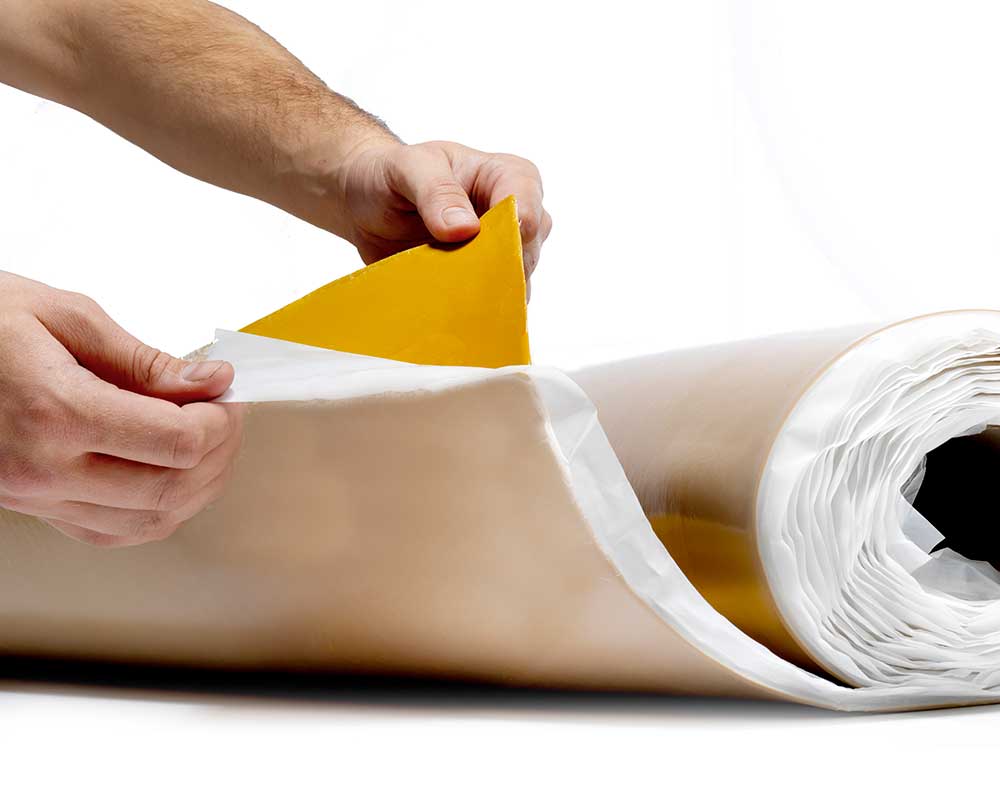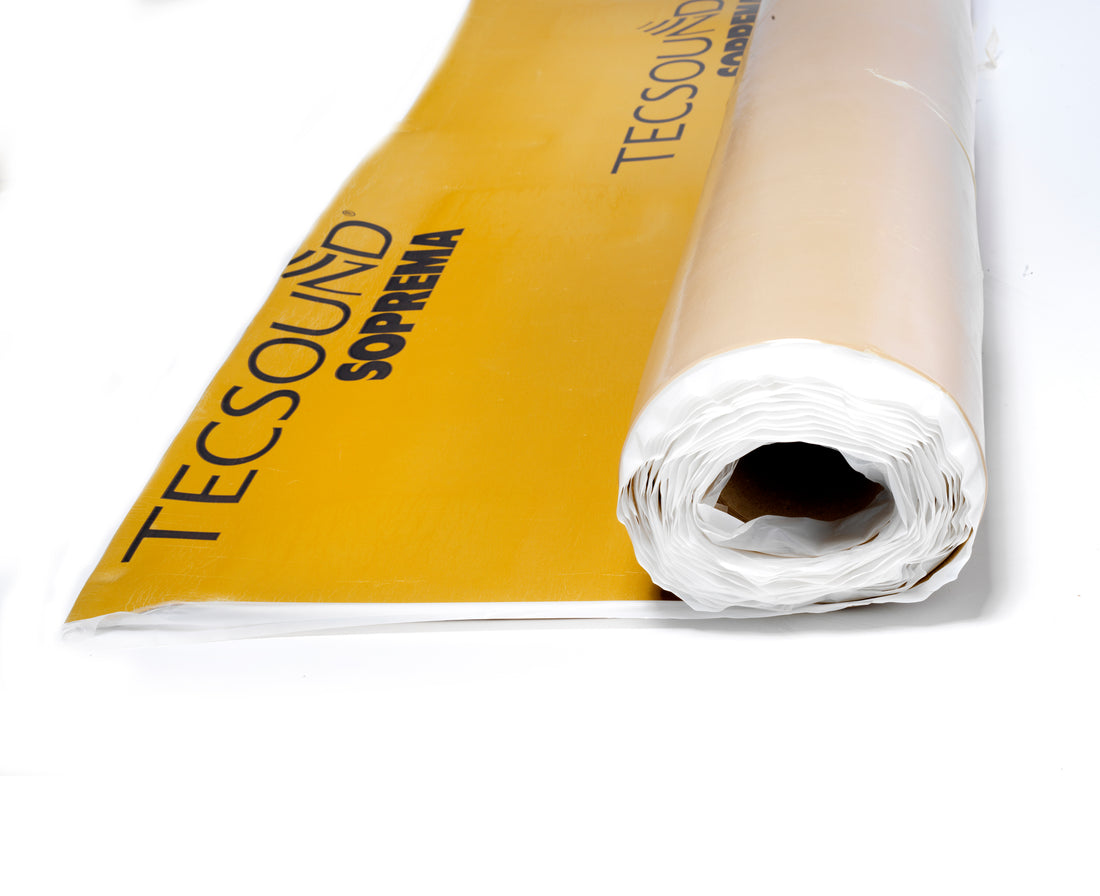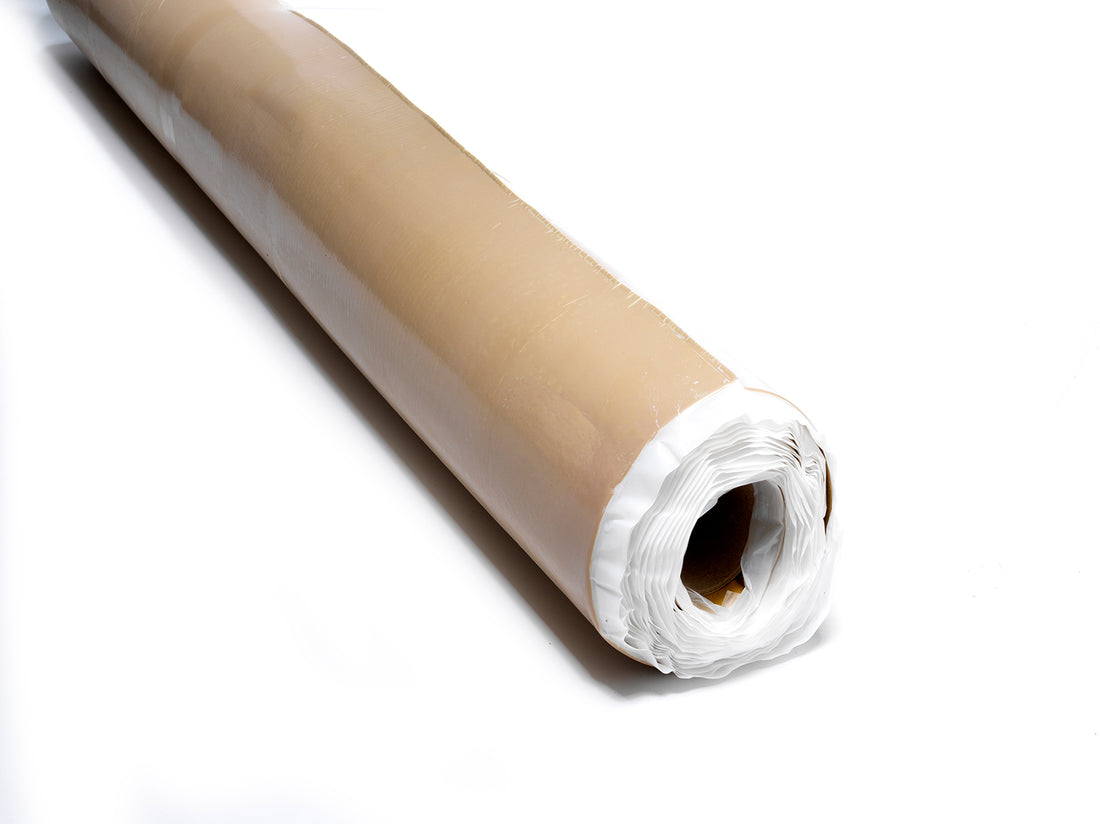Tecsound
Tecsound stands out in the realm of soundproofing with its exceptional ability to reduce both airborne and impact noise. Its high-density, viscoelastic composition allows it to absorb and dissipate sound energy effectively, making it a preferred choice for various applications, from residential to industrial settings. Unlike traditional materials, Tecsound offers superior sound insulation without adding significant bulk, ensuring spaces remain acoustically optimized without compromising on design or space.
- Featured
- Best selling
- Alphabetically, A-Z
- Alphabetically, Z-A
- Price, low to high
- Price, high to low
- Date, old to new
- Date, new to old
Why Choose Tecsound for Soundproofing?
Suitable for Walls, Floors, Ceilings & More
Tecsound works in many places. If walls floors, ceilings, ducts along with machinery enclosures need soundproofing, Tecsound works. Its bendable nature means it fits different surfaces. This gives steady acoustic ability in different structures. This trait helps when building new things or fixing old ones.
Flexible, Dense, and Easy to Work With
For example Tecsound has both density and bendability so it is easy to put in, even in tight places. It bends so it can be cut plus shaped to fit what is needed. This makes sure it fits well and gives good soundproofing. In addition it is not made out of any bad chemicals and does not burn easily. This adds more safety. It is good for homes, offices as well as factories.
How Tecsound Works
What Is Tecsound Acoustic Membrane?
Tecsound is an acoustic membrane created to decrease noise. The material, a viscoelastic polymer, uses mass and flexibility. This combination reduces vibrations and blocks the transfer of sound. The design converts sound energy into heat. The process lowers noise moving through structures. For acoustic comfort in several settings, Tecsound provides a good option.
Mass-Loaded Vinyl vs. Tecsound: What’s the Difference?
While both Mass-Loaded Vinyl (MLV) and Tecsound serve the purpose of soundproofing, there are distinct differences between the two. MLV is a normal soundproofing item - its density and mass are known features. On the other hand, it provides a solution that is more advanced with viscoelastic qualities. The material not only delivers mass, but it also has vibration-dampening ability. Tecsound is often simpler to work with besides put in place because it bends more readily. For professionals and do-it-yourself people, this makes it a favorite selection.
What Type of Noise Does It Block?
Tecsound has properties that control various types of sound. It lessens sound that travels through air like talking, songs along with vehicles, as well as noise from impacts such as walking or moving furniture. The dampening feature also makes it useful in places with machines, developing a quieter and more comfortable setting.
Benefits of Using Tecsound in Your Build
Incorporating Tecsound into your construction or renovation project offers numerous advantages. The material density helps sound insulation without making walls or floors much thicker. The suppleness permits uncomplicated placement, even in small or oddly shaped locations. Tecsound resists fire and is nontoxic, so it supports a safer place. Tecsound offers a dependable answer for a quiet house, a productive workplace, or a sound-managed industrial area.
Installation Guidance
Can I Install Tecsound Myself?
Yes, Tecsound is designed with user-friendliness in mind, making it suitable for both professionals and DIY enthusiasts. Its flexible nature allows for simple cuts and installation. Using appropriate instruments besides instructions, people obtain effective soundproofing results. A professional consultation helps with big or more involved projects so performance is optimal.
What You Will Need Before Starting
Before embarking on the installation, gather the following tools and materials:
- Tecsound membrane (appropriate type and thickness for your project)
- Measuring tape
- Utility knife or scissors
- Straight edge or ruler
- Adhesive (if using non-adhesive Tecsound)
- Roller or trowel for applying adhesive
- Acoustic sealant
- Protective gloves and safety gear
Step-by-Step Installation Instructions
Step 1: Prepare the Surface
The surface needs to be clean, without moisture along with absent of dust or loose pieces. Surface variations require leveling for correct Tecsound membrane connection plus function.
Step 2: Cut and Position the Membrane
Calculate the coverage space, then cut the Tecsound membrane to the right size. Put the membrane on the surface. Make certain it lines up right and reaches over the complete planned area.
Step 3: Apply or Fix the Membrane
For Tecsound that sticks on its own, take off the back paper besides push the membrane hard against the surface. If it does not stick, put the right glue on the surface and the membrane. Press them close to make a tight connection.
Step 4: Seal Joints and Edges
Overlapping of neighboring sheets a little bit stops sound from escaping. Use sealant made for soundproofing to close all connections also sides. This makes a steady sound barrier.
Step 5: Finish with Final Covering
After the Tecsound membrane is fastened tight and all connections are closed, you can continue with the final covering. Use material like drywall or flooring, following project needs.
Post-Installation Tips & Best Practices
- Let the adhesive harden completely before further work.
- Regularly inspect the installation for any gaps or areas where the membrane may have shifted.
- For enhanced soundproofing, consider combining Tecsound with other acoustic materials, such as mineral wool or resilient channels.













